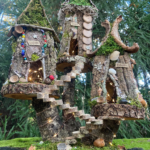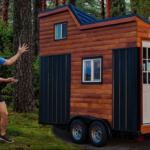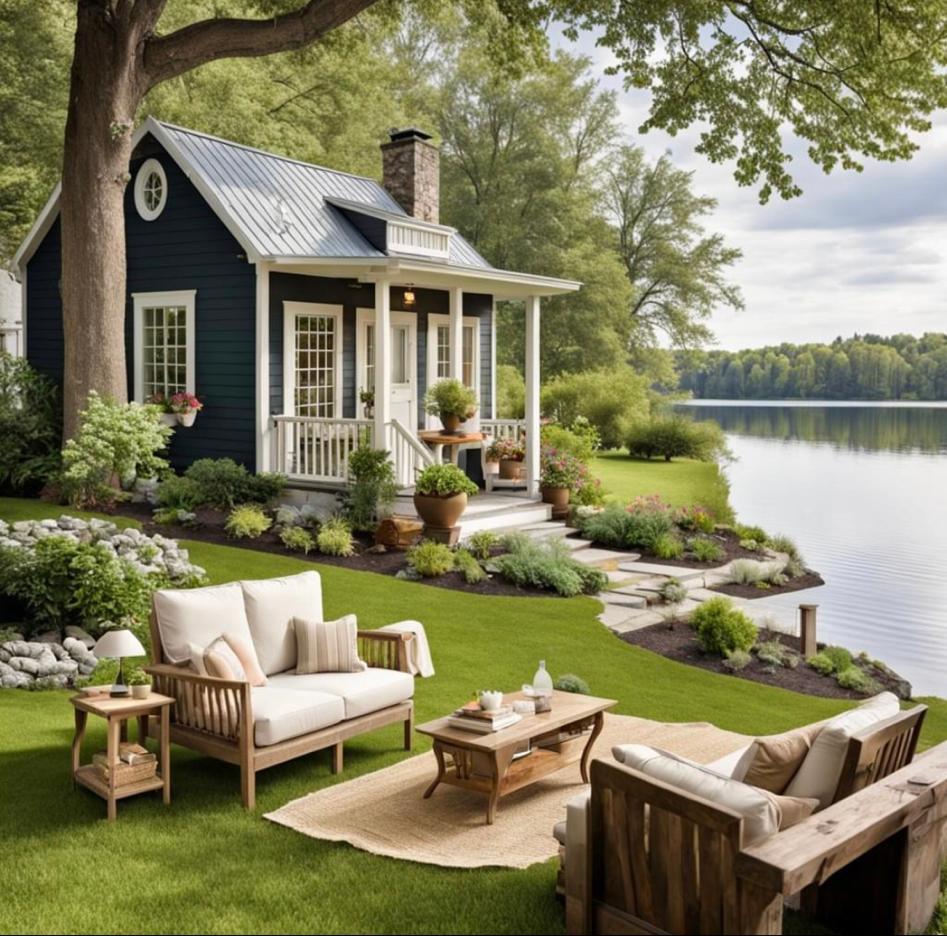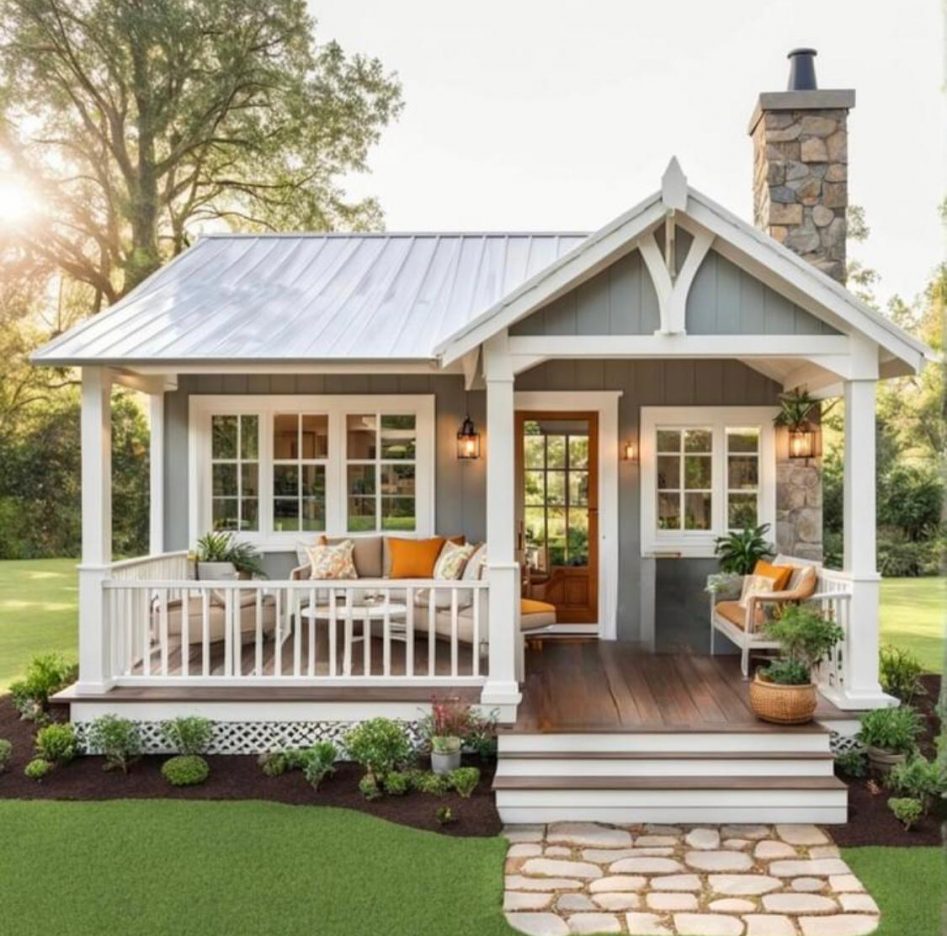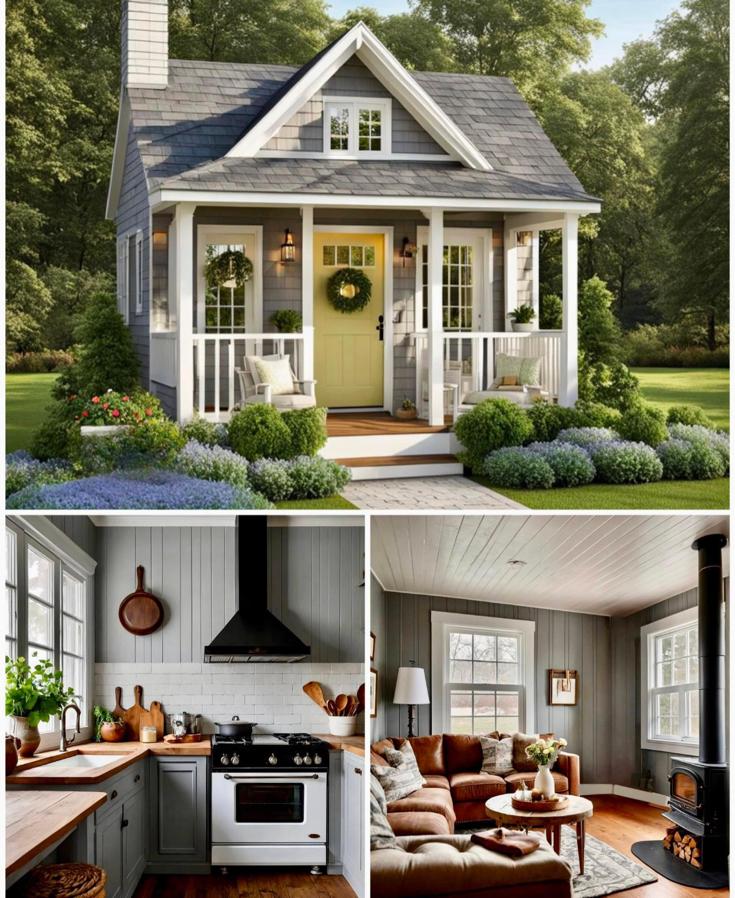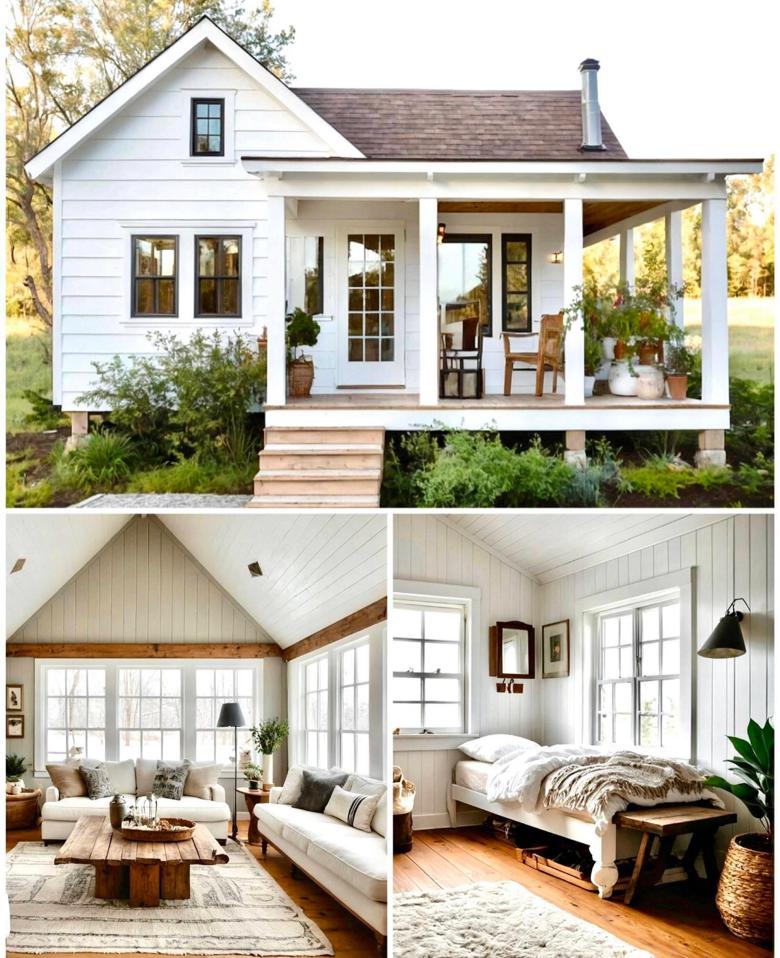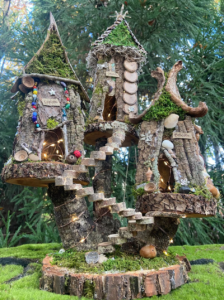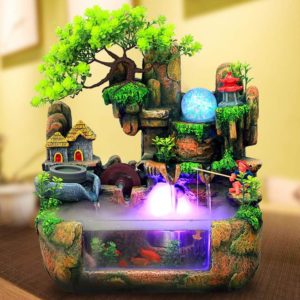The Economics of Tiny Living:
How Much Does It Really Cost to Build a Tiny House?
Tiny houses have captured the imagination of many seeking affordability, sustainability, and simplicity in their living spaces. But how much does it cost to build a tiny house? In this complete guide, we’ll delve into the economics of tiny living, exploring the various factors that contribute to the overall cost of building a tiny house.
Understanding Tiny Houses:
- Characteristics and Definition: What exactly constitutes a tiny house? Discuss the size limitations, typically under 400 square feet, and the emphasis on efficient design to maximize space.
- Different Types of Tiny Houses: From stationary tiny homes to tiny houses on wheels (THOWs), each type comes with its own considerations and cost factors.
Cost Breakdown-Materials:
- Foundation: Depending on whether it’s built on a permanent foundation or on wheels, costs will vary.
- Framing: Discuss the types of framing materials commonly used, such as steel or wood, and the associated costs.
- Insulation: Essential for energy efficiency, find out about the different insulation options and their impact on cost.
- Exterior Finishes: Roofing, siding, and windows contribute to both the aesthetics and durability of the tiny house.
Cost Breakdown-Labor:
- DIY vs. Hiring Professionals: Analyze & compare the cost savings of building your tiny house yourself versus hiring several contractors.
- Skilled Trades: Plumbing, electrical, and carpentry work require specialized skills and may need professional assistance.
Cost Breakdown-Utilities:
- Off-grid vs. On-grid: Consider the cost implications of setting up utilities like water, electricity, and sewage for off-grid versus on-grid living.
- Renewable Energy: Explore the potential for sustainable energy sources like for example solar panels to reduce long-term utility costs.
Cost Breakdown-Interior Features:
- Bathroom: Discuss the cost of fixtures, plumbing, and space-saving design elements.
- Kitchen: Appliances, cabinets, and countertops contribute to both functionality and cost.
- Living Area: Furnishings and storage solutions play a crucial role in maximizing space and comfort.
Cost Breakdown-Permits and Regulatory Costs:
- Zoning Regulations: Research local building codes and zoning laws that may impact the construction and placement of a tiny house.
- Permit Fees: Factor in the cost of obtaining necessary permits for construction and occupancy.
- Land Costs: If purchasing land for a stationary tiny house, consider the price of land in different locations and any associated fees.
Cost Breakdown-Miscellaneous Expenses:
- Transportation: For Tiny Houses On Wheels (THOWs), include the cost of transporting the tiny house to its final location.
- Maintenance: Budget for ongoing maintenance and repairs to ensure the longevity of the tiny house.
Case Studies:
- Explore real-life examples of tiny house builds, detailing their materials, costs, and design choices.
- Highlight cost-saving strategies and creative solutions employed by tiny house builders.
Cost-saving Tips:
- Salvaged Materials: Utilize reclaimed or salvaged materials to reduce costs and add character to your tiny house.
- Simplify Design: Opt for minimalist design elements that prioritize functionality and affordability.
- DoItYourself Projects: Take on tasks like painting, landscaping, and interior decorating to save on labor costs.
- Research/Check Discounts and Rebates: Look for discounts on materials and appliances, as well as potential rebates for energy-efficient upgrades.
Long-term Considerations:
- Total Cost of Ownership: Evaluate the overall cost of owning and maintaining a tiny house compared to traditional housing options.
- Lifestyle Factors: Consider the intangible benefits of tiny living, such as reduced environmental impact and greater financial freedom.
- Financial Considerations: Discuss the potential for savings on mortgage payments, utility bills, and property taxes with tiny living.
Conclusion:
Building a tiny house is a complex endeavor that involves careful planning, budgeting, and decision-making. While the upfront costs may seem daunting, the long-term benefits of tiny living can outweigh the initial investment for many individuals. By understanding the various cost factors and exploring cost-saving strategies, aspiring tiny house dwellers can embark on their journey towards a simpler, more sustainable way of life.

Top Tiny House Books To Be Read
These tiny house books will appeal to any tiny house-lover, with info ranging from design tips to minimalism. Click for our favorite tiny house book!
